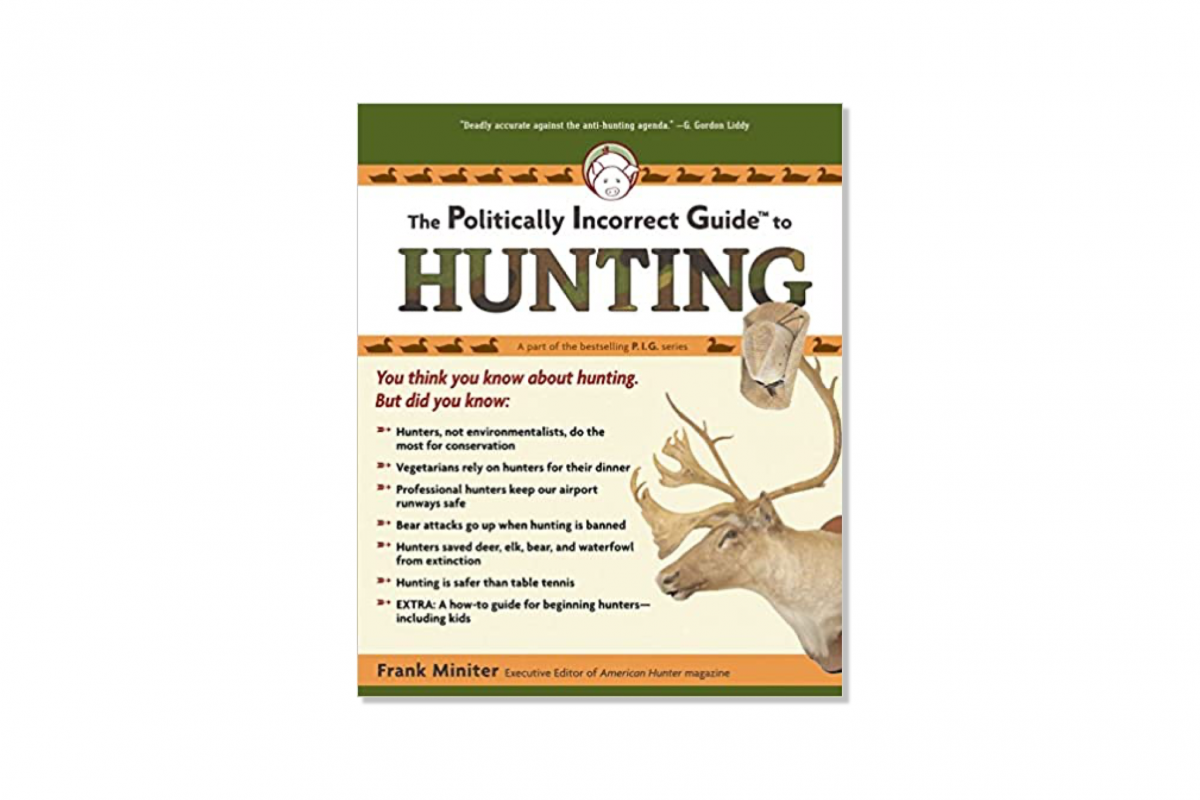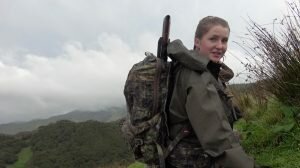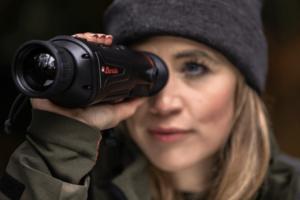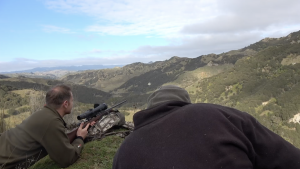There’s very few things more universally hated by the media and celebrities than hunters and very few topics that have been the subject of so many outright lies, propaganda and fake news than hunting – not even Trump himself! In his book, The Politically Incorrect Guide to Hunting, Frank Miniter uses scientific fact and statistical data to demonstrate the positive benefits hunting provides modern society. Here are just a few of the major themes Frank Miniter covers in his book.
How to talk to anti-hunters
In The Politically Incorrect Guide to Hunting, Miniter outlines the 5-step plan he uses whenever he talks to anti-hunters.
- Be polite and cordial, even when they spew hate. The vast majority of anti-hunting rhetoric relies on emotions not actual data. Stick to the facts and leave the feelings to the antis.
- Ask them to explain their beliefs and why they don’t like hunting – and why they think it is wrong.
- Gently point out the contradictions. For example, a meat eater who is against hunting often does not consider themselves to be part of the killing cycle. Vegans often overlook the animal deaths that occur to protect the “no-harm” crops they eat. People can accept predators are a necessary part of nature, but find it difficult to accept humans are a valuable part of nature.
- Show that you know what you’re talking about, and where possible, provide facts that back it up.
- Provide a safe way for them to save face. People don’t like being backed into a corner, and will often fall back on even more emotion if they feel trapped. When discussing the contradictions of vegan beliefs, Miniter gently reminds them that it is only natural for farmers to protect their crops and that all species defend their territory and food sources.
Reasons to hunt
In The Politically Incorrect Guide to Hunting, Miniter outlines a number of reasons that humans hunt. There are the obvious reasons such as food (both gathering and protecting) and self-defence (that includes stopping human/animal conflicts). Miniter also looks at how hunting teaches people to respect the natural world and is an important part of conservation and wildlife management. But there’s also a cultural and family connection to hunting that is often overlooked. Miniter talks a lot about how humans are part of nature, not separate from it, and how they form an important part of the predator/prey food chain.
Unpopular truths
Miniter isn’t afraid to point out the idiocy, hypocrisy and lies of anti-hunting propaganda. Throughout the book, he uses many examples of well-intentioned policies and beliefs around wildlife management that have ended up resulting in more deaths – both for animals and humans.
- Californians raised more money for an orphaned cougar cub than for the two children orphaned by the cougar.
- In Florida, a ‘live and let live’ policy to manage alligator numbers not only resulted in more human deaths, it ended up with twice as many alligators being killed for endangering humans than had previously killed by hunters.
- When hunting is banned, the killing of animals does not stop. It simply transfers responsibility and cost from hunter to government. The death still occurs. It just becomes a tax-payer funded death.
- Statistics show that humans, pets and livestock are more likely to be attacked by predators in areas where hunting is banned than in areas where hunting is accepted. This occurs because predators lose their fear of humans, which emboldens them to come closer to urban areas.
- Non-lethal alternatives to hunting such as trap and transfer, or birth control, are not just costly, they have been proven not to work. It costs between $500 to $1000 per deer to administer birth control to wild deer populations.
- The deadliest human/animal conflicts are not with predators but prey. In America, more humans are killed or injured in accidents with deer each year than by sharks, bears, cougars and alligators combined.
- There is no such thing as a no-harm lifestyle. Even vegans and vegetarians must depend on hunting for their food, especially those who demand organic or locally grown foods. If hunting was banned, it would cost taxpayers and consumers billions of dollars because of the damage wildlife causes to crops.
- More damage is done to wildlife through human encroachment and land clearing for food production or housing than by hunters.
- Hunting is often blamed for a reduction in wildlife numbers yet modern recreational hunting has NEVER caused a species to become extinct, endangered or even threatened. More often than not, the exact opposite is true. In South Africa, big game hunting has seen a 4073% increase in wildlife numbers. In Pakistan, trophy hunting has taken the rare markhor off the endangered species list. And throughout the US, hunting organisations are on the forefront of conservation efforts to protect and preserve wildlife.
- Hunting protects the environment including wetlands, trees, plant diversity and native species.
- In America, hunters donate thousands of tons of wild game meat to help feed the homeless and disadvantaged.
- Hunting is good for kids. While antis would have you believe that hunting directly correlates to mass shootings and gun violence, statistically, gun violence is more likely to occur in urban areas and cities, where fewer children hunt or are taught firearm safety. Statistically speaking, hunting is safer for kids than most other sports.
While the book is written for an American audience, and most of the examples use US stats and situations, the principles are just as useful to Australia and other countries as well.
For example, in Australia, humans are statistically more likely to be killed by a prey animal (deer, kangaroo, wallaby) than a predator animal. Kangaroos cause 90% of all fatal car accidents involving an animal.
Australia needs hunters to help keep invasive species down, protect crops and food production and help protect the environment. Invasive species (deer, foxes, rabbits, pigs, feral cats, ducks etc) cost Australians over $13.6 billion each year in management and control costs and economic losses. This amount would be significantly higher without recreational hunters doing their part.
All in all, this is a great book for anyone who wants to learn the truth about hunters and hunting instead of the fake news and propaganda you’ll find in the media.
What is I Am Hunter?
I Am Hunter wants to change the way hunting is perceived and to change the conversation from a negative one driven by anti-hunters to a positive one led by hunters.
Our goal is to help hunters become positive role models and ambassadors for hunting, while simultaneously helping non-hunters understand why hunting is important.
You can become a supporter and help us achieve our goal and spread a positive message about hunting with the wider community.
Related content
If you would like to know more about hunting wallabies, kangaroos or deer in Tasmania, check out these related articles and podcasts.
Our other channels
Follow us on Facebook
Follow us on Instagram
YouTube
Subscribe to our YouTube channel.
Get our newsletter
Get our free monthly newsletter direct to your inbox
Listen on iTunes
Listen to our podcast on iTunes.
TV series
Watch I Am Hunter episodes on My Outdoor TV (MOTV)








